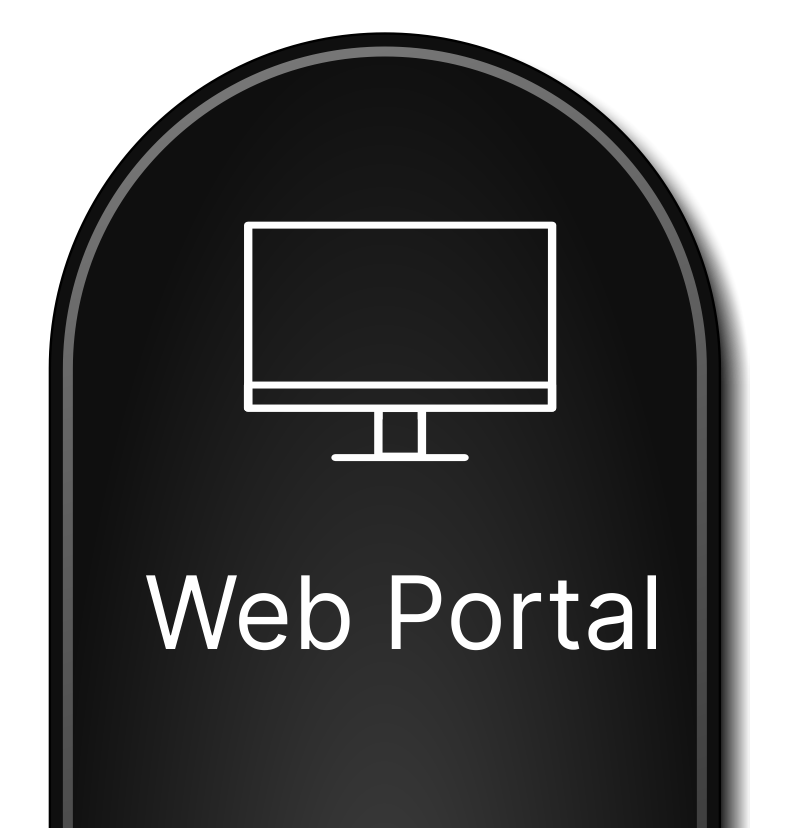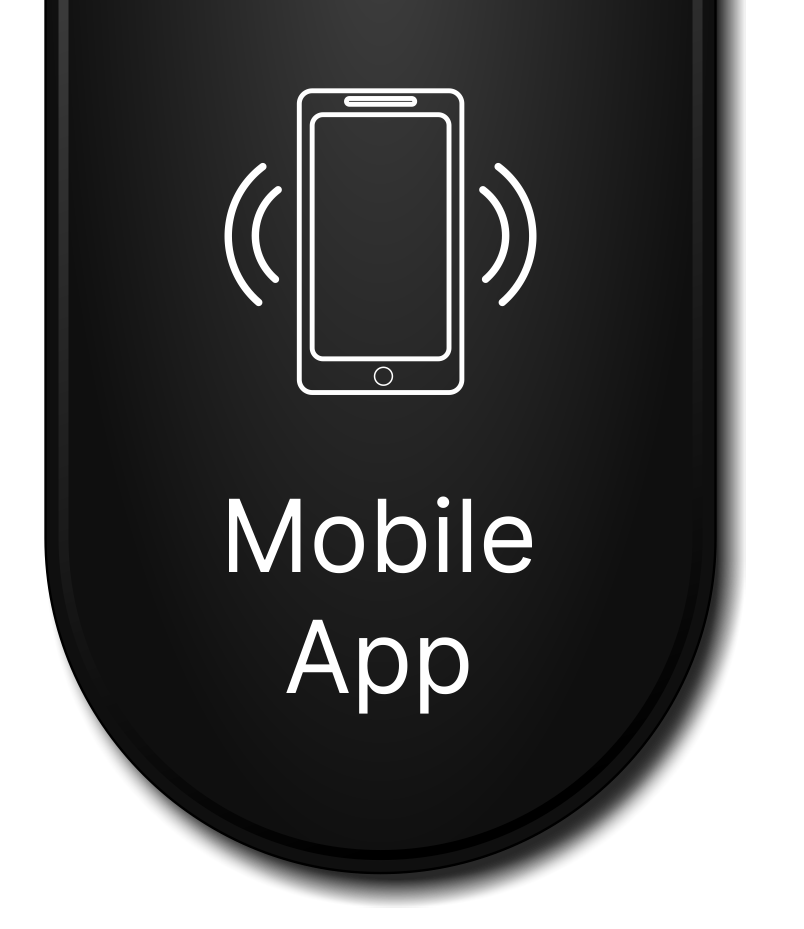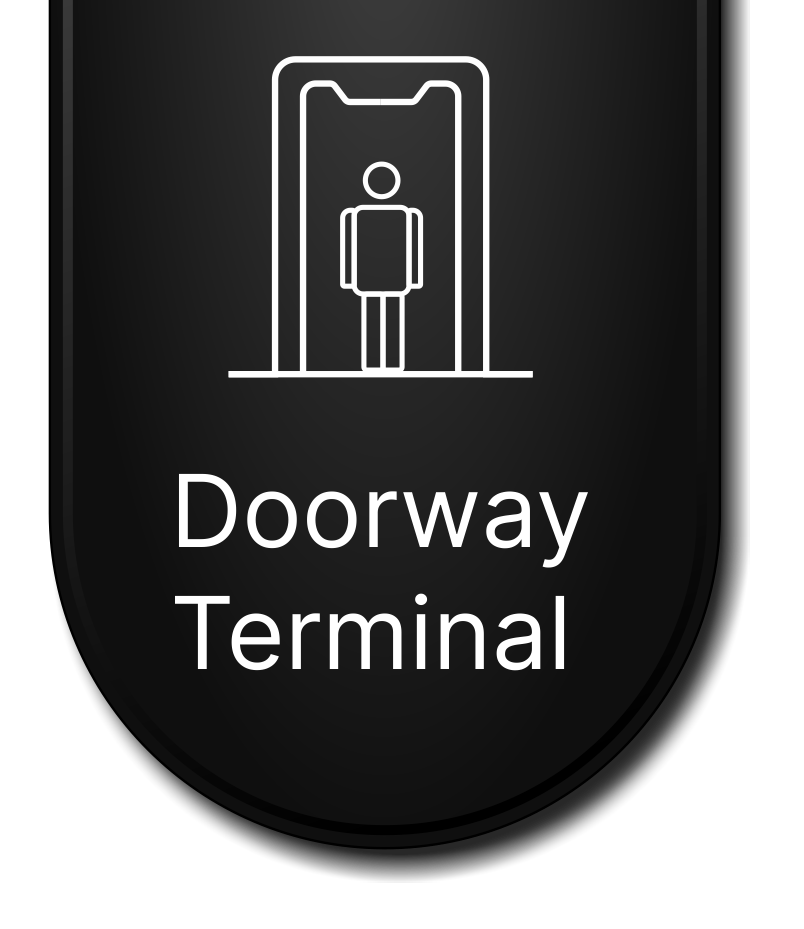Acute care entails offering quick and short-term solutions after the occurrence of a sudden illness or injury. Integration of telemedicine into acute care involves having patient-doctor consultations using telemedicine in situations that require urgent medical care.
This could be in a hospital setting or an emergency home setting. Various specialists, such as tele-psychiatrists, tele-intensivists, and tele-neurologists, among others, can operate from their remote locations. Consultations with their patients are mainly done using videoconferencing.
Most hospitals around the world are embracing and incorporating telemedicine into their practices. There are more partnerships between healthcare providers and telemedicine vendors in the expansion and improvement of the delivery of healthcare services. Acute care telemedicine differs from routine care, including chronic or long-term care, that is offered. It is employed in the clinical setting, contrary to the other direct-to-consumer models of telemedicine. It seeks to offer the necessary support to hospital staff in the treatment of their patients.

The main function of telemedicine in acute care.
The main function of telemedicine in acute care is the improvement of patient outcomes. A patient has access to specialists in any medical field on demand. They can receive treatment for any sudden illnesses or injuries that could arise in emergency settings. Telemedicine comes in handy when the patient presents conditions that cannot be diagnosed and treated by the physicians on-site due to a lack of training.
Hospitals are therefore able to access highly qualified specialists using telemedicine. These specialists are then able to do the necessary evaluation and provide the appropriate care for such patients.
Specialists are now able to directly interact with their patients in real-time using both audio and visual technology. They can then share or review images and charts with other specialists both on-site and online. They can also hold consultations with other specialists to help in making the best decisions regarding the care to be applied to a patient.
Examples of the application of telemedicine in acute care.
A patient is rushed to the hospital after suffering a stroke. The physicians on site are not well versed with issues of stroke and cardiovascular conditions. The neurological specialist is at a remote station attending to a different case. The physicians on site need to consult on various issues before they embark on a course of treatment for the patient. Being an emergency case, they cannot wait until the specialist arrives in order to examine, diagnose, and treat the patient. In such an instance, telemedicine offers the best solution, to save the life of the patient.
The hospital is also able to save the cost of flying in the specialist, which can be quite expensive. Therefore, using telemedicine, the on-site physicians can send CT scan images and any other necessary assessment information to the neurological specialist who is at a remote station. The specialist can then meet the patient and their family via videoconferencing for further oral assessments. They can then advise on the actions to be taken, including the course of treatment.
Telemedicine, therefore, helps to prevent delays as they await the arrival of specialists, some of which could be fatal. It, therefore, helps to prevent unnecessary suffering and the death of patients.
Telepsychiatry, a subset of telemedicine that handles psychological cases, can also be utilized in acute care. Most hospitals are well equipped to handle physical emergencies. However, the majority of them are not usually well equipped to handle psychological emergencies. Very few hospitals host psychiatric units, let alone in-house psychiatrists. This explains why psychiatric patients are often left untreated for days awaiting the arrival of psychiatrists.
Fatalities have occurred in some cases due to such delays. Telemedicine has therefore mitigated these situations. Psychiatric patients are now able to access psychiatric care quickly. The psychiatrists assess, diagnose, and prescribe the course of treatment regardless of where they are.















